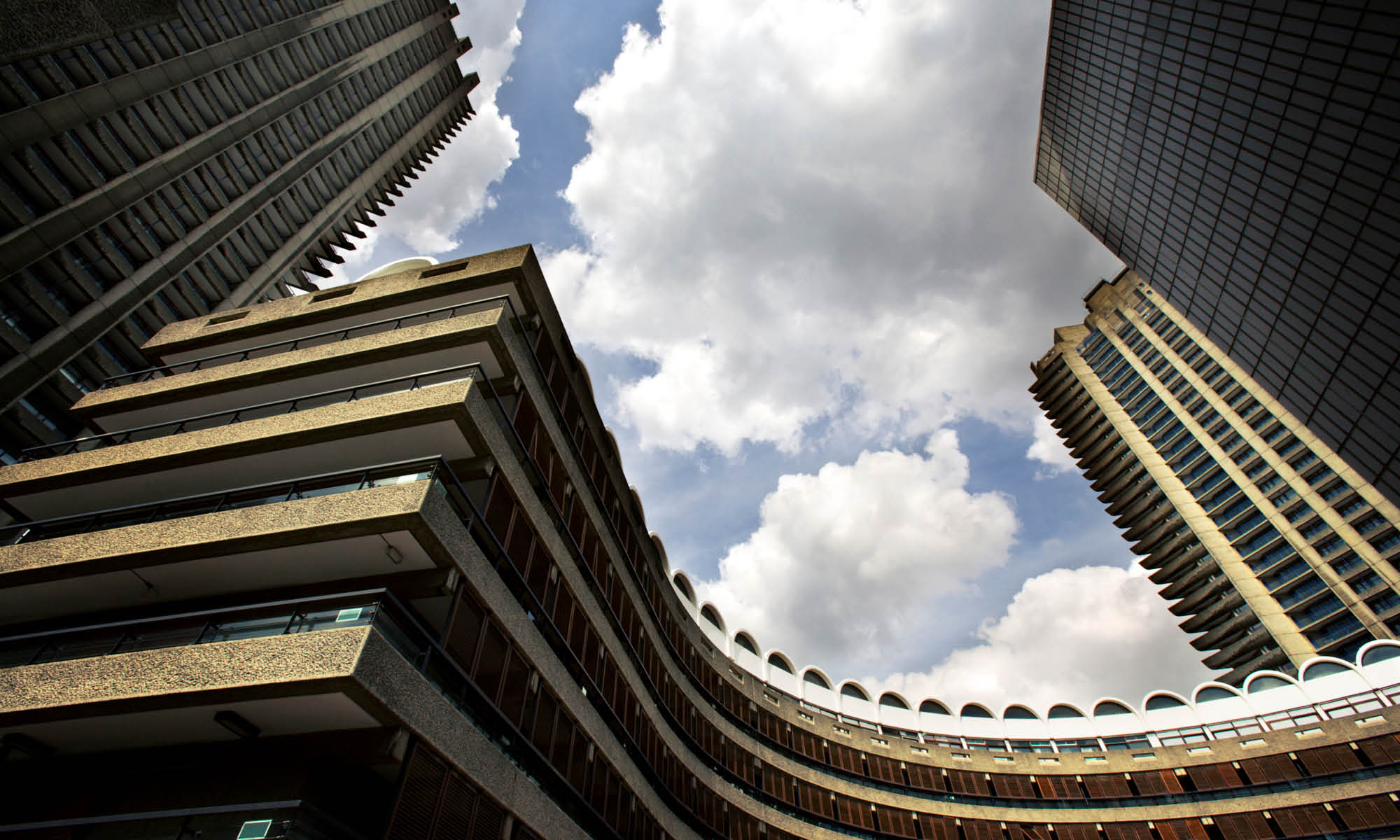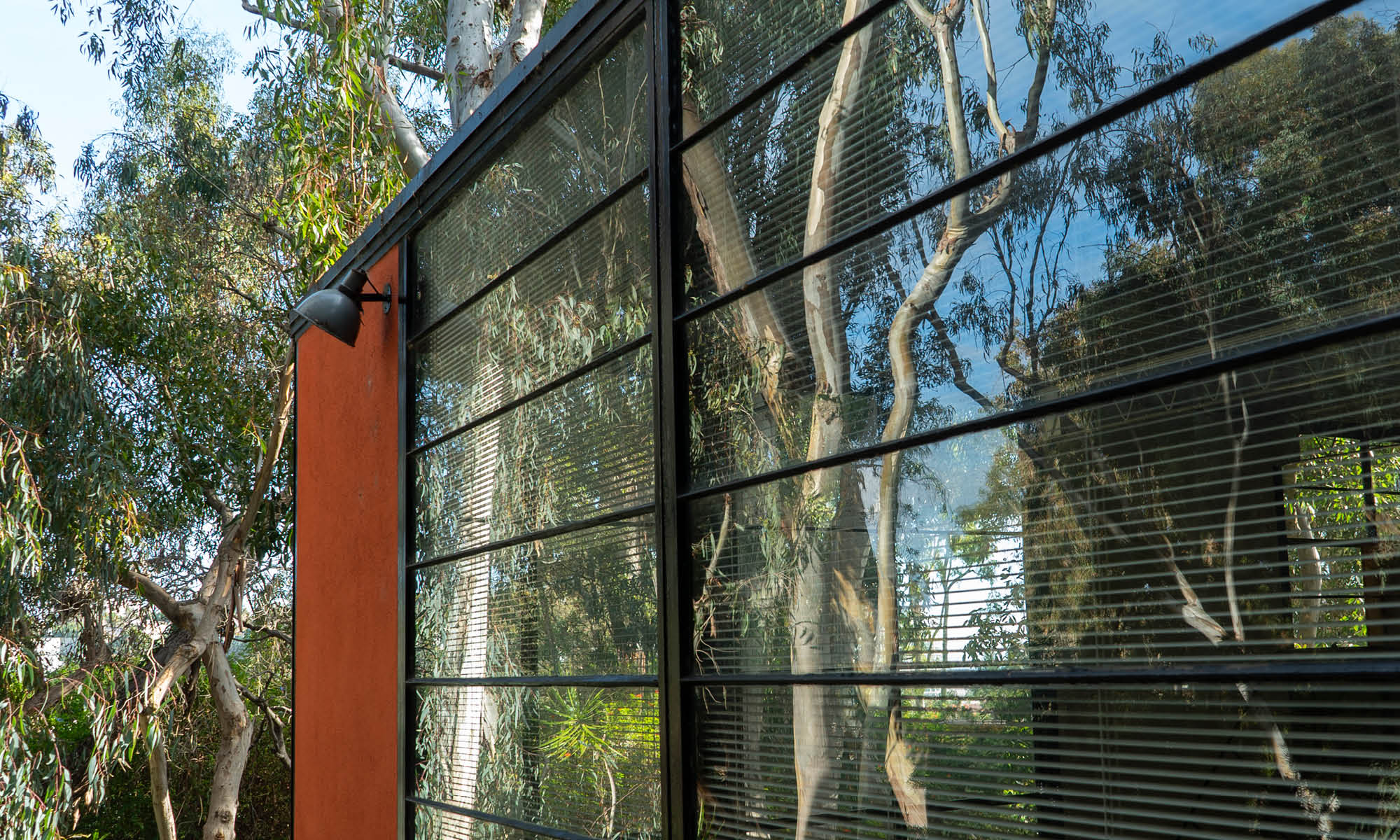
Style eras and their specific features are not always easy to define. When asked to describe modernist architecture, many people probably think of a simplistic, geometrical aesthetic. While that may hold true in some cases, modernism is far more complex and multi-faceted. From its origins to the most famous buildings: here’s an overview on the timeless epoch.
In everyday speech, “modern“ commonly means “contemporary, aligned with current developments.” However, this does not necessarily apply when it comes to architecture.
Classical modernism comprises a variety of styles that continue to serve as a source of inspiration, even for present-day projects.
What exactly is modernist architecture?
Historically, modernism includes different artistic and architectural movements that did not necessarily start or end in chronological order. At the same time, the term also refers to a specific design language with uniform traits well-known across the globe. The principles of classical modernism emerged at the dawn of the 20th century as a counterpart to historicism – a movement inspired by style trends of the past. Classical modernist architects were turning away from pompous aesthetics, focusing on the functionality of buildings instead.

How modernist architecture evolved since 1900
Early beginnings can be traced back to the English Arts and Crafts movements that gained momentum in the middle of the 19th century. Trends such as Art Nouveau (or “Jugendstil”) around 1900 also played an important role in laying the groundworks. Classical modernism finally took centre stage between 1910 and 1960. This period was marked by various undercurrents in fine arts and architecture:
Early beginnings can be traced back to the English Arts and Crafts movements that gained momentum in the middle of the 19th century. Trends such as Art Nouveau (or “Jugendstil”) around 1900 also played an important role in laying the groundworks. Classical modernism finally took centre stage between 1910 and 1960. This period was marked by various undercurrents in fine arts and architecture:
expressionism
New Objectivity and New Building
Bauhaus
international style
functionalism
brutalism
Modernist architectural styles explained
Expressionism put great emphasis on curved and jagged shapes. Modernist architects, on the other hand, started to highlight the functionality of buildings and cut back on decorative elements. This ”New Objectivity“ (also known as ”New Building“) followed the tenet that architectural design should not be informed by aesthetic ideals. Consequently, steel girders and other components such as supply lines, pipes, and concrete walls were no longer covered or plastered.
New Objectivity also gave way to the Bauhaus style, which focused on clear structures and simple, geometric shapes. Functionalism, another related movement, became particularly prominent during the reconstruction period after World War II. The so-called “international style” also had a significant impact on classical modernist architecture. Originating in Europe during the 1920s, it later gained popularity in the United States. To this day, many office buildings and skyscrapers feature characteristic traits of modernism.

What makes modernist architecture buildings stand out?
Due to the interplay of so many style trends, modernist building designs may differ in varying degrees. Yet there are some recurring features that follow the same formal and technical approach. Usually, houses are made from materials such as steel, glass, and prestressed concrete. Moreover, modernist architectural theory mainly draws from two doctrines, as articulated by two pioneers preceding this period:
“Form follows function.” (Louis Sullivan)
“Less is more.“ (Ludwig Mies van der Rohe)
The focus on simplistic, straight-line structures often leads to the assumption that modernist architecture only allows for strict geometrical shapes. However, expressionist or brutalist variations prove that this style can be much more versatile and experimental. In the following, we will present three examples to illustrate the most distinctive traits of classical modernism.

1. Glaspaleis in the Netherlands
In 1934, the draft for the “Glaspaleis“ in Heerlen, Netherlands was considered revolutionary. Today, the former department store exemplifies New Building – and modernist architecture at large. Architect Frits Peutz designed a supporting structure based on 30 mushroom-shaped pillars that become increasingly narrow from floor to floor. With a height of 26.5 metres and a fully glazed facade, the building created an atmosphere where visitors felt like going to an outdoor market. As the floor plans did not include additional walls, the seven storeys consisted of open, light-flooded spaces. In 1995, the restored Glaspaleis was placed under a preservation order und subsequently turned into a cultural centre.
2. Seagram Building in New York City
The Seagram Building in New York City served as a precursor for the international style. Architect Ludwig Mies von der Rohe completed the 157-metre skyscraper in 1958. Since Mies did not have a license in New York, he collaborated with Philip Johnson.
In typical international-style fashion, supporting elements made from concrete steel and bronze-coloured bars remained visible behind a glass facade. The unprecedented construction of this modernist architectural masterpiece later became the standard technique for constructing skyscrapers. Along with the Lever House 390 Park Avenue located directly opposite, the Seagram Building defined the style of New York City’s steel and concrete giants for decades.

3. Eames House in Los Angeles
Over the course of four years, Charles and Ray Eames worked on the draft for their private residence and studio in Los Angeles. In the frame of a case study program initiated by the magazine Arts & Architecture, they wanted to design a house reflecting modern everyday life. Their project was completed in 1949 and is now considered a prime example of modernist architecture.
Fusing artistic refinement with a sense of pragmatism, the Eames Houses consists of two linear steel boxes – disrupted by black steel girders und coloured, rectangular glass surfaces. With clear geometrical shapes and industrial materials, the five-metre facade stands in stark contrast to the lush green surroundings.
Nowadays, houses inspired by modernist architecture can be found all around the globe. In the 1960ies, style trends such as organic architecture and constructivism began to move away from classical modernism.
Yet the principles and design language of this epoch continue to inform architectural projects on an international scale: contemporary and timeless at the same time.